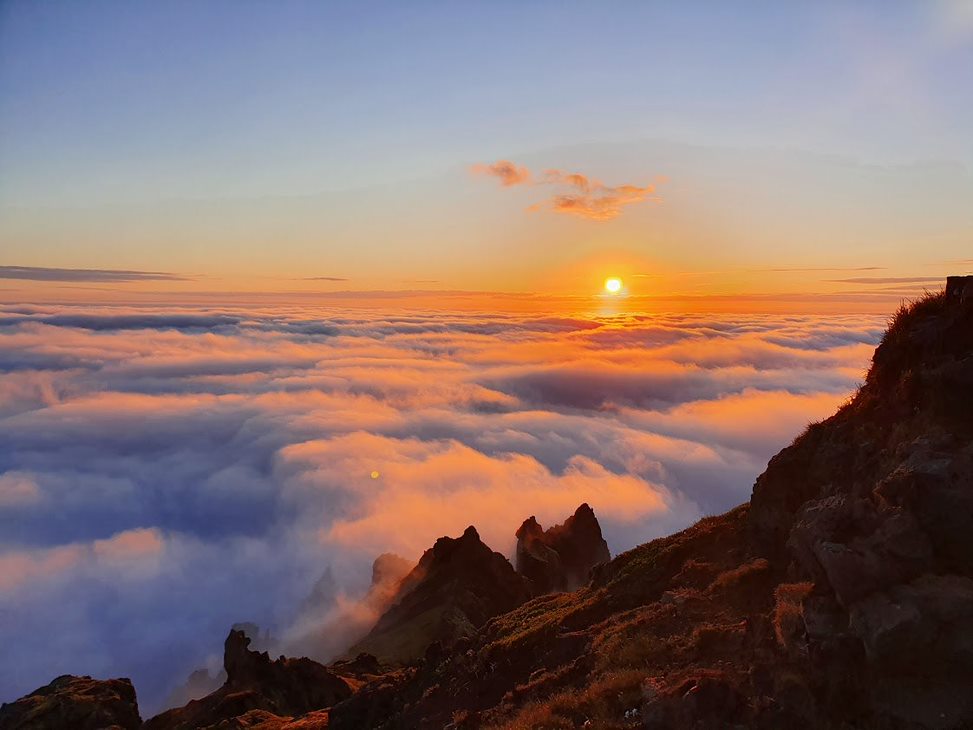Vinna við nýjar heimasíður Umhverfis- og orkustofnunar og Náttúruverndarstofnunar er í gangi. Heimasíða Umhverfisstofnunar er virk á meðan vinnunni stendur. Information in English
Flora and Fauna

The ground of Snæfellsnes Peninsula is mostly porous, not retaining water. Nevertheless, there is a broad variety of plant habitats within the National Park – from its coast to its mountain peaks. Coastal plants are numerous and crystal-clear pools abound with colorful kelp and other seaweed. The lava is covered with a thick layer of moss. Flowering plants thrive in sheltered hollows. Tree growth is limited and there are no tall trees to be found. Among rare plants in the area are wood millet and herb-Paris, the latter of which is a protected species. Heather is widespread, and in late summer there are good crops of crowberries, bilberries and blueberries.
As may be expected, the Park’s birdlife is dominated by seabirds. Guillemot, razorbill, fulmar, kittiwake and shag are amongst the Park’s most common types of seabirds. Black guillemots can be seen around Malarrif and Lóndrangar. Gulls nest in most areas, with the predominant species in the region being the great and lesser black-backed gulls, herring gull and glaucous gull.
Songs abound from common heathland birds such as the golden plover, whimbrel, meadow pipit, snow bunting and wheatear. Other common birds are the white wagtail, oystercatcher, ringed plover, purple sandpiper, raven, and ptarmigan. Redwings can be seen in hollows in the lava. During the spring and autumn a large number of migratory birds, including the Brent goose, turnstone and knot visit the region.
.jpg)
Foxes, minks and field mice live in the area as well. During a walk along the coast you can expect to see seals – both the common seal and the grey seal – although not in large numbers. There is an abundance of life in pools left by receding tides. Marine snails, fairy shrimp, crabs, small fish including rock eels, and other sea creatures will catch the eye of an observant visitor. Cetaceans such as killer whales, minke whales and porpoises are common around Snæfellsnes Peninsula, but larger species of whales keep to deeper waters farther from the coast.